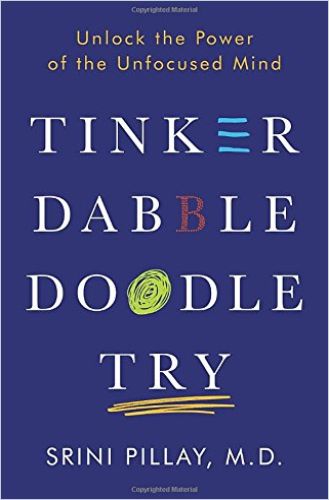
This is a sign that customers may be overshot.
Dabble login windows#
Windows XP runs just fine on a Pentium III microprocessor, which is roughly half as fast as the Pentium 4. For this majority, high-end microprocessors such as Intel’s Itanium and Pentium 4 and AMD’s Athlon are clearly overkill. The vast majority of consumers use their computers for word processing and e-mail. Can we see this? There are ever-growing populations of users who couldn’t care less about increases in processing power. How can we tell if customers are overshot? One signal is customers not using all of a product’s functionality. And it is in those overshot tiers that disruptions take root. But even if new, high-end applications emerge, rocketing toward the technological frontier almost always leaves customers behind.

But the weight of history suggests the unimagined often remains just that ultimately ever more demanding applications will stop appearing or will emerge much more slowly than anticipated. Everyone always hopes for the emergence of new, unimagined applications. Although there is much consternation that at some point Moore’s Law will run into intractable physical limits, the only thing we can predict for certain is that innovators will be motivated to figure out solutions.īut this does not address whether meeting Moore’s Law will continue to be paramount to success. If history is any guide, motivated innovators will continue to do the seemingly impossible and find unanticipated ways to extend the life of Moore’s Law. What Christensen didn’t foresee was that Intel would lose the performance crown rather, he assumed that performance would cease to be an important differentiator: This was tremendously valuable, even if the resultant chips were slower than Intel’s. Given the fact that the company was built as a pure play foundry it has developed processes and off-the-shelf building blocks that make it easy for partners to build custom chips. This sounds an awful lot like what happened over the ensuing years: one of TSMC’s big advantages is its customer service. Entrants without legacy processes could quite conceivably develop better proprietary processes that can rapidly deliver custom processors. The bad news is that their fabs aren’t fast. The good news for IDMs such as IBM and Intel is that they own fabs. The VCE model predicts that operating “fast fabs” will be an attractively profitable point in the value chain in the future. It would have to radically alter its marketing process.

Its sales force could have difficulty adapting to a very different sales cycle. Its exacting manufacturing process could hamper its ability to deliver customized products. Intel’s well-honed processes - which are almost unassailable competitive strengths in fights for undershot customers hungering for performance increases - might inhibit its ability to fight for customers clamoring for customized products.

The late Clay Christensen, in his 2004 book Seeing What’s Next, predicted trouble for Intel: That, though, is precisely Intel’s problem. Of course an Intel partisan might argue that this comparison is unfair as well, because TSMC manufactures chips for a whole host of companies beyond AMD.

It’s when you include AMD’s current manufacturing partner, TSMC, that Intel’s relative decline becomes particularly apparent: It’s also not a fair comparison: AMD, thirteen years on from its spinout of Global Foundries, only designs chips Intel both designs and manufactures them.
Dabble login Pc#
Both stocks are down in the face of a PC slump, but that is much worse news for Intel, given that they make worse chips. This was the second time in history this happened - the first was earlier this year - and it may stick this time AMD, in stark contrast to Intel, had stellar quarterly results. Last Friday AMD surpassed Intel in market capitalization:


 0 kommentar(er)
0 kommentar(er)
